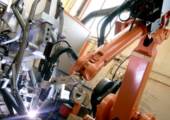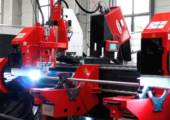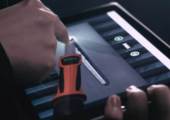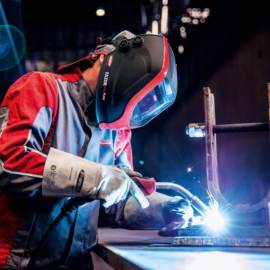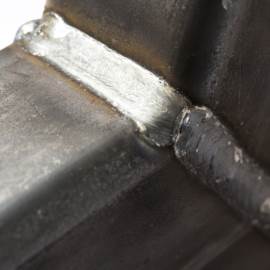-


在线留言
发送您的问题或需求,我们将尽快与您取得联系!
×
-
STRAIGHTFORWARD , ROBUST, COST-EFFECTIVE:
STEEL WELDING WITH A PUSH SYSTEM
07/27/2020
Whether it’s in the construction, mechanical engineering, or automotive supply industry, steel is used whenever possible. It’s a material that can be recycled over and over again and machined – i.e. rolled, milled, or welded – with ease. Not to mention that it’s incredibly versatile thanks to the different alloy options. Even more important is the fact that steel is abundantly available at a reasonable cost. All of these factors make steel the top choice of material, provided that weight, resistance to the weather and acids, and hygiene aren’t an issue.
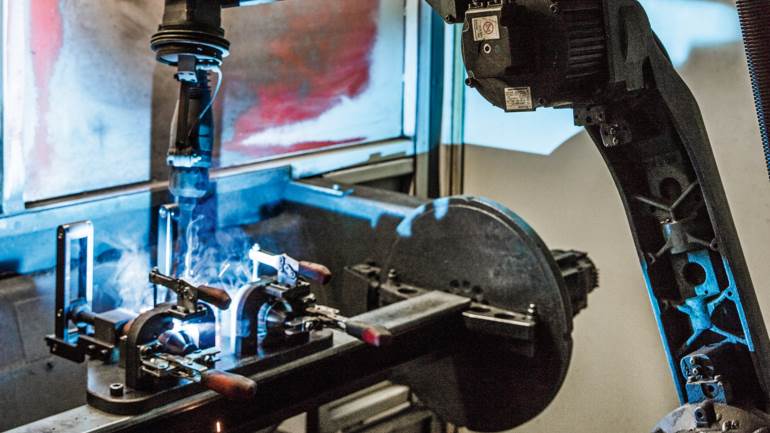
Not every welding application is high-tech and high-end. With steel, you’re getting a material that’s straightforward, robust, and costeffective. And the exact same characteristics apply when welding this material. Gas metal arc welding is often used for steel – either in a manual or robot-controlled process. The push system is ideal for this application. And Fronius offers it as a configuration option for its flexible TPS/i welding platform. The push system has a simple structure and is easy to use. It helps ensure high levels of system availability and optimizes system costs as far as procurement and operation are concerned.
THIS IS HOW IT WORKS
The motor in the wirefeeder feeds the wire forward through the hosepack and toward the welding torch. With the hosepack and welding torch also having been developed by Fronius, the system works flawlessly as a whole unit. The welding torch doesn’t require a motor of its own, keeping it lightweight – a definite benefit for welders and robots alike. Less powerful robots are therefore required for automated applications, which reduces the overall system costs even further. With the push system, Fronius has once again focused its attention on the consistently high quality of welding results. The Low Spatter Control (LSC) and Pulse Multi Control (PMC) welding packages include assistance systems to help welders achieve high-quality seams even when conditions are tough. Both packages have a penetration stabilizer. Welders get another benefit with the PMC package in the form of an arc length stabilizer. These assistance systems are particularly important when component tolerances cannot be complied with, for example when joins become larger or material thicknesses vary. In these cases, the welding power source controls the welding parameters in such a way that the arc follows the properties defined by the welder and the penetration remains stable. The stable arc also makes it possible to achieve high welding speeds. Many suppliers within the automotive industry even manage to increase their productivity by around 20% with PMC. Overall, the Fronius push system enables users to achieve optimum weld seams even when budgets are tight and conditions are far from ideal.
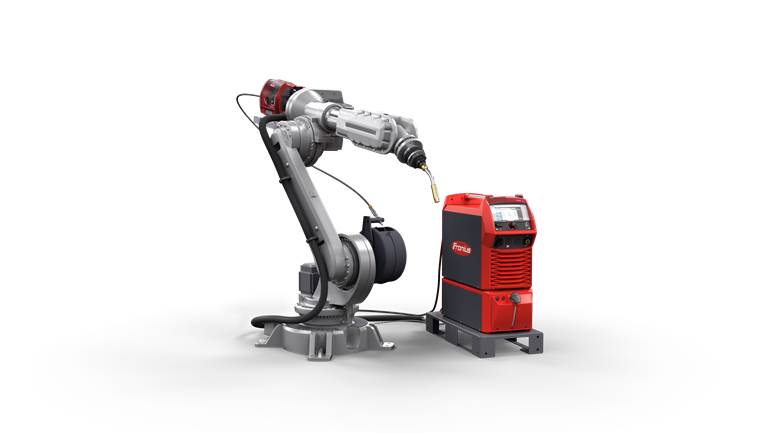
The push system is made up of a power source and a wirefeeder – there’s no need for a welding torch motor.
-


 下载
下载
 会员中心
会员中心



 收起
收起

